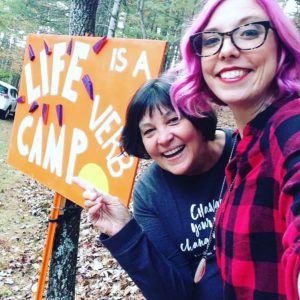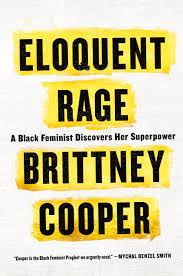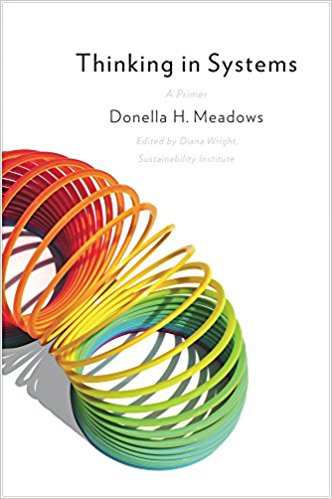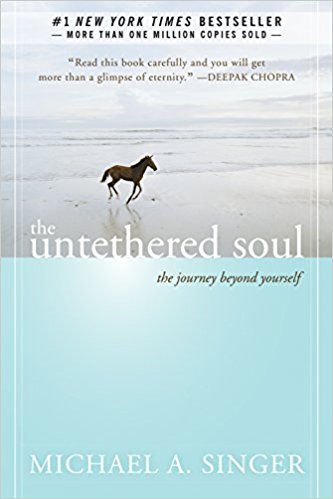Remember the green book
“Far away is only far away if you don’t go there.” -O. Povo
 When my friend Gay tells a story, it comes out like a hot knife through rich butter—all soft, fluid, full, with a drawl that makes you want to move to Mississippi and listen to a big bearded man in a scratchy green sweater read Faulkner out loud to you in a hot room where dust motes float heavy in the air when the faded velvet curtains dare to part ever so slightly against the hot white day.
When my friend Gay tells a story, it comes out like a hot knife through rich butter—all soft, fluid, full, with a drawl that makes you want to move to Mississippi and listen to a big bearded man in a scratchy green sweater read Faulkner out loud to you in a hot room where dust motes float heavy in the air when the faded velvet curtains dare to part ever so slightly against the hot white day.
Like many of us of a certain age, her family went on summertime road trips, a special kind of Interstate Hell for parents with small children, I now know. How amazing it is that year after year in the middle of the night so many parents of (supposedly) sound mind actually place their children in the back seat to embark on long, unairconditioned summer journeys, drawing an imaginary line down the center of the seat to keep us kids from looking at each other (glances can only escalate to pinching and sibling torture of kinds too numerous and just plain awful to elucidate), threatening us with creamed corn and sauerkraut with weenies for dinner if we crossed the line, and motoring their way to Vacation Land, a place that, no matter when we asked, was always just ten more miles.
 As they rode mile after mile, Gay said, she would divest herself of pieces of clothing and belongings, first taking off one white sock, then the other, her hat, one small shoe and then the other, her small baby doll’s special Easter dress and bonnet, the doll itself, holding each one out the window for an almost interminable time, feeling the wind resistance, the aerodynamic thrust of the object, its fluttering in the breeze. She would hold it, hold it, hold it, and then—without a sound—her fingers would quickly stretch straight out and the sock or the doll dress or the hat would simply fall and float, catching a breeze, no doubt startling the driver behind them momentarily, then falling, drifting to the earth as she sped on, her hand still feeling what it felt like to hold that shoe, then suddenly empty, free of the object once more.
As they rode mile after mile, Gay said, she would divest herself of pieces of clothing and belongings, first taking off one white sock, then the other, her hat, one small shoe and then the other, her small baby doll’s special Easter dress and bonnet, the doll itself, holding each one out the window for an almost interminable time, feeling the wind resistance, the aerodynamic thrust of the object, its fluttering in the breeze. She would hold it, hold it, hold it, and then—without a sound—her fingers would quickly stretch straight out and the sock or the doll dress or the hat would simply fall and float, catching a breeze, no doubt startling the driver behind them momentarily, then falling, drifting to the earth as she sped on, her hand still feeling what it felt like to hold that shoe, then suddenly empty, free of the object once more.
 Until this weekend, it had never fully occurred to me that while Gay and I were taking expansive, carefree trips to Busch Gardens and Sanibel Island in big back-seated cars, there were children on car trips who couldn’t hold their arms out the window, whose parents couldn’t stop where they wanted or needed, whose mother always had to cook enough deviled eggs, baked beans, and slaw for the trip in case they didn’t find a place they would be served, who had to drink from different water fountains than me, and who had to relieve themselves by the side of the road when there were no “colored” bathrooms for them to use for miles and miles.
Until this weekend, it had never fully occurred to me that while Gay and I were taking expansive, carefree trips to Busch Gardens and Sanibel Island in big back-seated cars, there were children on car trips who couldn’t hold their arms out the window, whose parents couldn’t stop where they wanted or needed, whose mother always had to cook enough deviled eggs, baked beans, and slaw for the trip in case they didn’t find a place they would be served, who had to drink from different water fountains than me, and who had to relieve themselves by the side of the road when there were no “colored” bathrooms for them to use for miles and miles.
 As one traveler from
As one traveler from
California. We obtained the most important book needed for Negroes who traveled anywhere in the
United States. It was called the ‘Green Book.’ The book contained a directory listing the places where a Negro could obtain lodging and food in each state. The ‘Green Book’ was the bible of every Negro traveler in the 1950s and early 1960s. You literally didn’t dare leave home without it….”
The “Negro Motorist Green-Book” was created by Victor Green, a travel agent in New York City. First published in 1936, it provided black Americans with national listings of which tourist businesses would serve black customers.
I had never heard of the Green Book, but the assembled crowd at that breakfast murmured recognition as the speaker told his story. It was a given in their world that even a wrong look could result not only in insult or embarrassment, but even in death. That Green Book represented for me—at that moment in a ballroom full of coffee cups and the clatter of forks against china—a tangible and unforgettable artifact of wrong, a metaphor not only of ignorance, but of convenient avoidance, of forgetfulness and willful disregard, of not knowing. It proved and acknowledged a racism so profound as to require “work-arounds,” the creation of whole different systems for survival. A racism engrained, like a feather in the tar with which those Interstates were paved, not a random hatred, but one consistent enough to demand systematic responses, Green Books.
“Roads were open to all motorists, but the facilities that lined them were not. African Americans who could afford to purchase a car declared the automobile was a way to avoid the ignominy of the Jim Crow car on the railroads. As George Schuyler declared in 1930, ‘…Negroes who can do so purchase an automobile as soon as possible in order to be free of discomfort, discrimination, segregation, and insult.’ But, in practice, the discriminatory policies of hotels, tourist cabins, and other lodgings made highway travel difficult, and tarnished the ‘freedom’ of the open road. African Americans responded by creating African American holiday resorts and by creating guides to help travelers negotiate their way through the racially charged American terrain.”
On November 13, 1982, I experienced a striking confluence of three distinct realities, awakening to realize that as I luxuriously studied the figure of the artist in French fiction as part of my graduate school vacation career, a friend was starting Army boot camp and, simultaneously, the Vietnam Memorial was being dedicated in Washington, D.C., sparking a non-stop 3-day radio litany of the names of each of the 58,249 U.S. servicemen and women killed in that conflict.
 Other people’s realities sometimes seem so far away, don’t they? But far away is only far away if you don’t go there. And awareness and action aren’t just for people who have some spare time.
Other people’s realities sometimes seem so far away, don’t they? But far away is only far away if you don’t go there. And awareness and action aren’t just for people who have some spare time.






